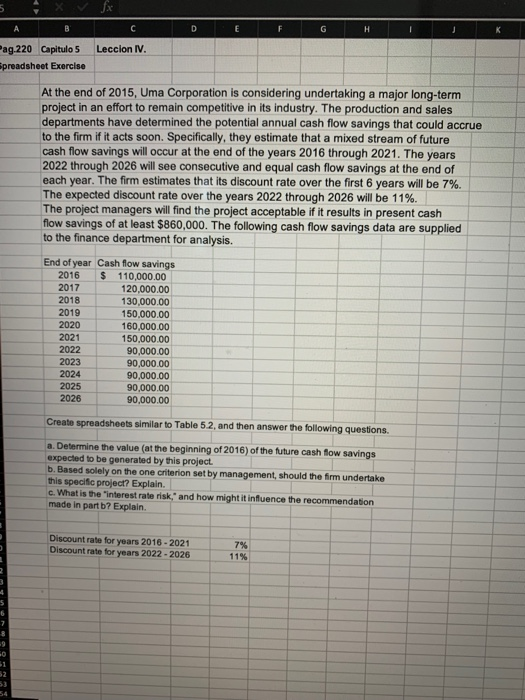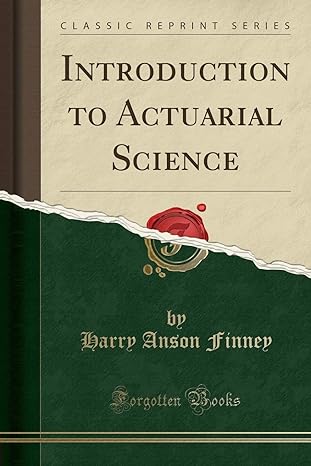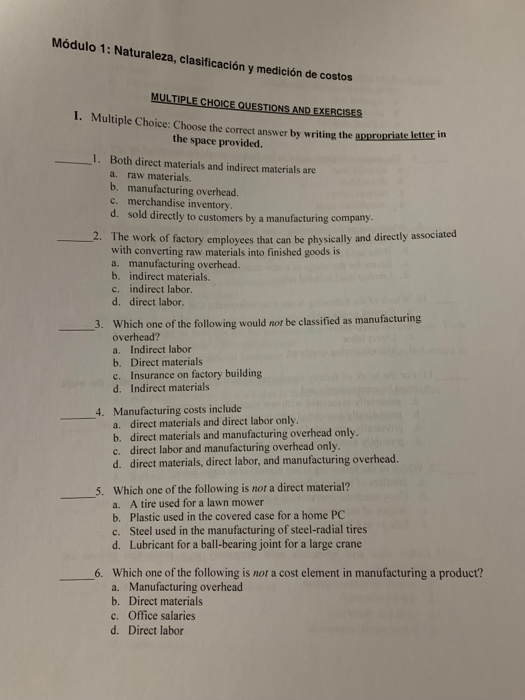
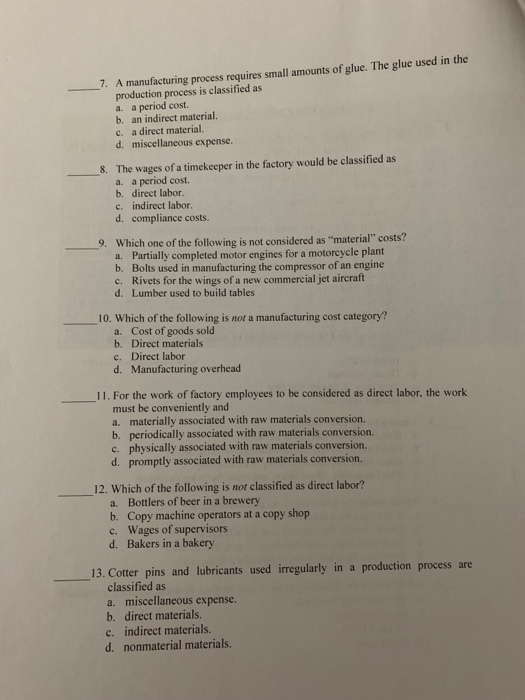
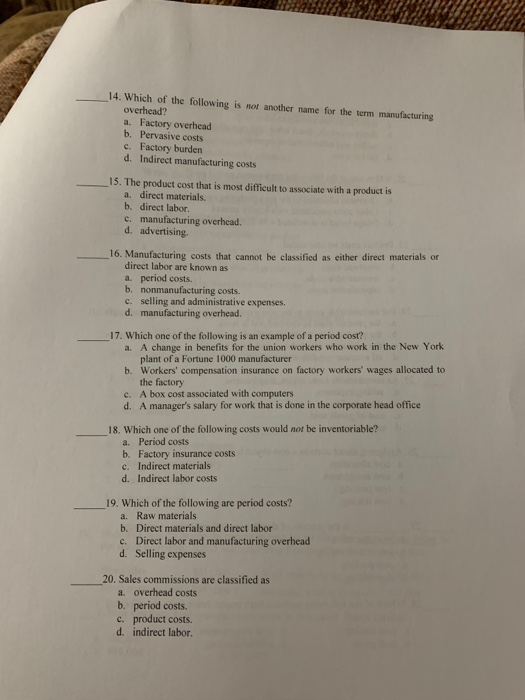
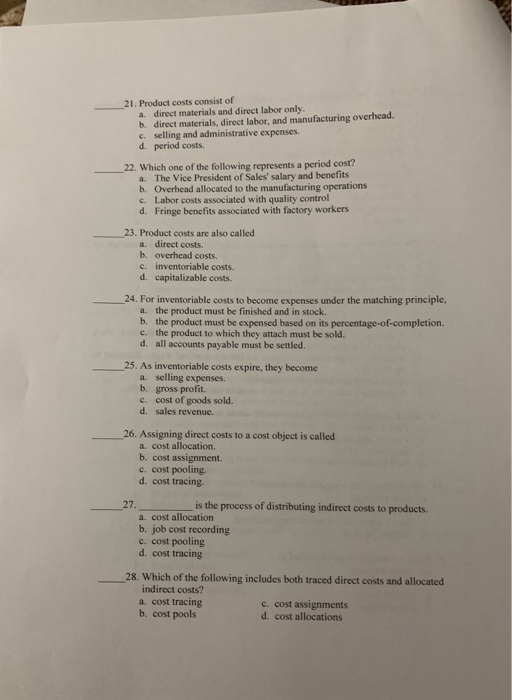
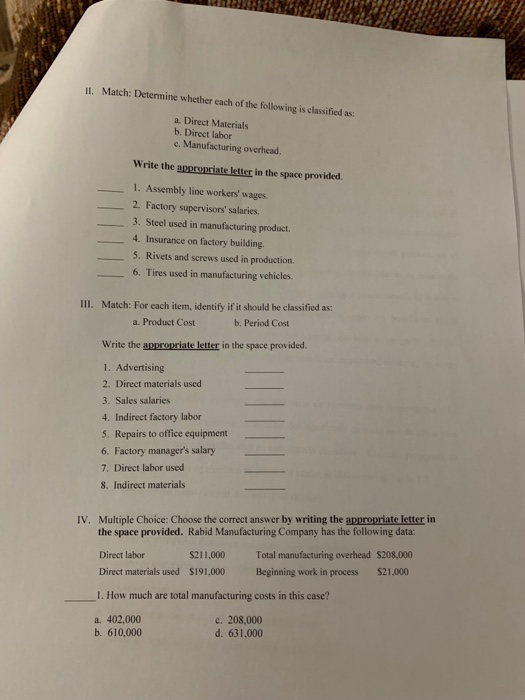
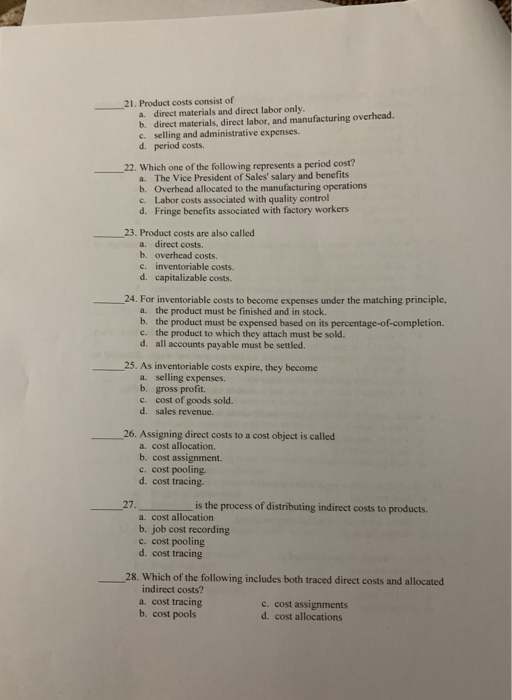
ag.220 Capitulo S preadsheet Exercise Leccion IV. At the end of 2015, Uma Corporation is considering undertaking a major long-term project in an effort to remain competitive in its industry. The production and sales departments have determined the potential annual cash flow savings that could accrue to the firm if it acts soon. Specifically, they estimate that a mixed stream of future cash flow savings will occur at the end of the years 2016 through 2021. The years 2022 through 2026 will see consecutive and equal cash flow savings at the end of each year. The firm estimates that its discount rate over the first 6 years will be 7%. The expected discount rate over the years 2022 through 2026 will be 1 196. The project managers will find the project acceptable if it results in present cash flow savings of at least $860,000. The following cash flow savings data are supplied to the finance department for analysis. End of year Cash flow savings 2016 110,000.00 2017 2018 2019 2020 2021 2022 2023 2024 2025 2026 120,000.00 130,000.00 150,000.00 160,000.00 150,000.00 90,000.00 90,000.00 90,000.00 90,000.00 90,000.00 Create spreadsheets similar to Table 5.2, and then answer the following questions. a. Determine the value (at the beginning of 2016) of the future cash Sow savings expected to be generated by this project b. Based solely on the one criterion set by management, should the firm undertake this specific project? Explain. c. What is the "interest rate risk," and how might it infuence the recommendation made in part b? Explain Discount rate for years 2016-2021 Discount rate for years 2022-2026 7% 11% Mdulo 1: Naturaleza, clasificacin y medicin de costos MULTIPLECHOICEQUESTONSANDEXERCSES I. Multiple Choice: Choose the correct answer by writing the the space provided. appropriate letter i . Both direct materials and indirect materials are a. raw materials. b. manufacturing overhead c. merchandise inventory d. sold directly to customers by a manufacturing company 2. The work of factory employees that can be physically and directly associated with converting raw materials into finished goods is a. manufacturing overhead. b. indirect materials. c. indirect labor. d. direct labor. which one of the following would not be classified as manufacturing overhead? a. Indirect labor b. Direct materials c. Insurance on factory building d. Indirect materials 3, 4. Manufacturing costs include a. direct materials and direct labor only b. direct materials and manufacturing overhead only c. direct labor and manufacturing overhead only d. direct materials, direct labor, and manufacturing overhead. Which one of the following is not a direct material? a. A tire used for a lawn mower b. Plastic used in the covered case for a home PC c. Steel used in the manufacturing of steel-radial tires d. Lubricant for a ball-bearing joint for a large crane Which one of the following is not a cost element in manufacturing a product? a. Manufacturing overhead b. Direct materials c. Office salaries d. Direct labor 6. 7 A manufacturing process requires small amounts of glue. The glue used in the production process is classified as a. a period cost. b. an indirect material. c. a direct material. d. miscellaneous expense. 8.The wages of a timekeeper in the factory would be classified as a. a period cost b. direct labor. c. indirect labor. d. compliance costs 9. Which one of the following is not considered as "material" costs? a. b. c. d. Partially completed motor engines for a motorcycle plant Bolts used in manufacturing the compressor of an engine Rivets for the wings of a new commercial jet aircraft Lumber used to build tables 10. Which of the following is not a manufacturing cost category? a. Cost of goods sold b. Direct materials c. Direct labor d. Manufacturing overhead 11. For the work of factory employees to be considered as direct labor, the work must be conveniently and a. materially associated with raw materials conversion. b. periodically associated with raw materials conversion. c. physically associated with raw materials conversion. d. promptly associated with raw materials conversion. 12. Which of the following is nor classified as direct labor? a. Bottlers of beer in a brewery b. Copy machine operators at a copy shop c. Wages of supervisors d. Bakers in a bakery 13. Cotter pins and lubricants used irregularly in a production process are classified as a. miscellaneous expense. b. direct materials. c. indirect materials. d. nonmaterial materials. 14. Which of the following is not another name for the term manufacturing overhead? a. Factory overhead b. Pervasive costs Factory burden Indirect manufacturing costs c. d. 15. The product cost that is most difficult to associate with a product is a. direct materials. b. direct labor c. manufacturing overhead. d. advertising. 16. Manufacturing costs that cannot be classified as either direct materials or direct labor are known as a. period costs. b. nonmanufacturing costs. c. selling and administrative expenses. d. manufacturing overhead costs.costs enses 17. Which one of the following is an example of a period cost? a. A change in benefits for the union workers who work in the New York plant of a Fortune 1000 manufacturer Workers' compensation insurance on factory workers' wages allocated to the factory A box cost associated with computers A manager's salary for work that is done in the corporate head office b. c. d. 18. Which one of the following costs would not be inventoriable? a. Period costs b. Factory insurance costs c. Indirect materials d. Indirect labor costs 19. Which of the following are period costs? a. Raw materials b. Direct materials and direct labor c. Direct labor and manufacturing overhead d. Selling expenses 20. Sales commissions are classified as a. overhead costs b. period costs. c. product costs. d. indirect labor 21. Product costs consist of a. direct materials and direct labor only b. direct materials, direct labor, and manufacturing overhead. selling and administrative expenses. c. d. period costs. 22. Which one of the following represents a period cost? a. The Vice President of Sales' salary and benefits b. Overhead allocated to the manufacturing operations c. Labor costs associated with quality control d. Fringe benefits associated with factory workers 23. Product costs are also called a. direct costs. b. overhead costs. c. inventoriable costs. d. capitalizable costs. -24. For inventoriable costs to become expenses under the matching principle, a the product must be finished and in stock. b. the product must be expensed based on its percentage-of-completion. e. the product to which they attach must be sold. d. all accounts payable must be settled 25. As inventoriable costs expire, they become a. selling expenses. b. gross profit. c. cost of goods sold. d. sales revenue. 26. Assigning direct costs to a cost object is called a. cost allocation. b. cost assignment. c. cost pooling. d. cost tracing. 7. is the process of distributing indirect costs to products. a. cost allocation b. job cost recording c. cost pooling d. cost tracing 28. Which of the following includes both traced direct costs and allocated indirect costs? a. cost tracing b. cost pools c. cost assignments d. cost allocations Il. Match: Determine whether each of the following is classified as: a. Direct Materials b. Direct labor c. Manufacturing overhead. Write the appropriate letter in the space prov 1. Assembly line workers' wages. 2. Factory supervisors' salaries. 3. Steel used in manufacturing product 4. Insurance on factory building. 5. Rivets and screws used in production. 6. Tires used in manufacturing vehicles. III. Match: For each item, identify if it should be classified as: a. Product Cost b. Period Cost Write the appropriate letter in the space provided. 1. Advertising 2. Direct materials used 3. Sales salaries 4. Indirect factory labor 5. Repairs to office equipment 6. Factory manager's salary 7. Direct labor used 8. Indirect materials IV. Multiple Choice: Choose the correct answer by writing the appropriate letter in the space provided. Rabid Manufacturing Company has the following data: Direct labor Direct materials used $191,000 Beginning work in process $21.000 S211,000 Total manufacturing overhead $208,000 1. How much are total manufacturing costs in this case? a. 402,000 b. 610,000 c. 208,000 d. 631,000 21. Product costs consist of a. direct materials and direct labor only b. direct materials, direct labor, and manufacturing overhead. selling and administrative expenses. c. d. period costs. 22. Which one of the following represents a period cost? a. The Vice President of Sales' salary and benefits b. Overhead allocated to the manufacturing operations c. Labor costs associated with quality control d. Fringe benefits associated with factory workers 23. Product costs are also called a. direct costs. b. overhead costs. c. inventoriable costs. d. capitalizable costs. 24. For inventoriable costs to become expenses under the matching principle a the product must be finished and in stock b. the product must be expensed based on its percentage-of-completion. e. the product to which they attach must be sold. d. all accounts payable must be settled 25. As inventoriable costs expire, they become a. selling expenses. b. gross profit. c. cost of goods sold. d. sales revenue. 26. Assigning direct costs to a cost object is called a. cost allocation. b. cost assignment. c. cost pooling. d. cost tracing. 7. is the process of distributing indirect costs to products. a. cost allocation b. job cost recording c. cost pooling d. cost tracing -8. Which of the following includes both traced direct costs and allocated indirect costs? a. cost tracing b. cost pools c. cost assignments d. cost allocations
